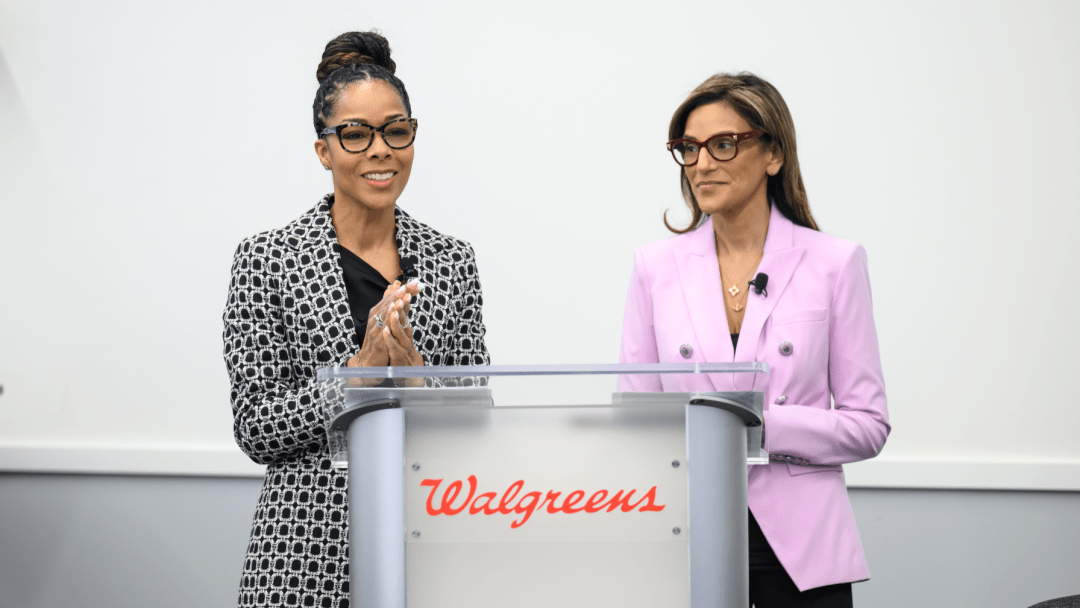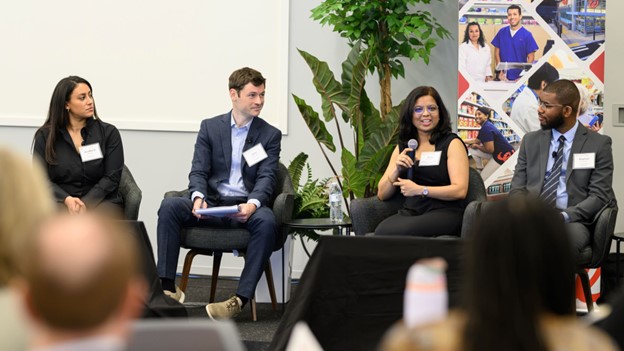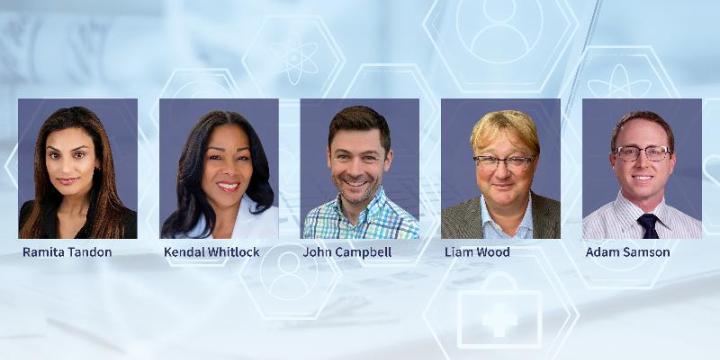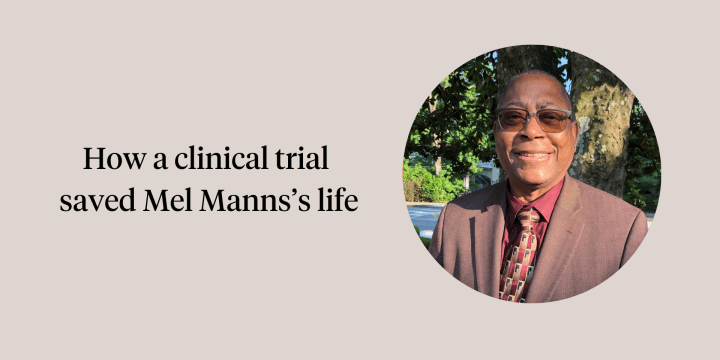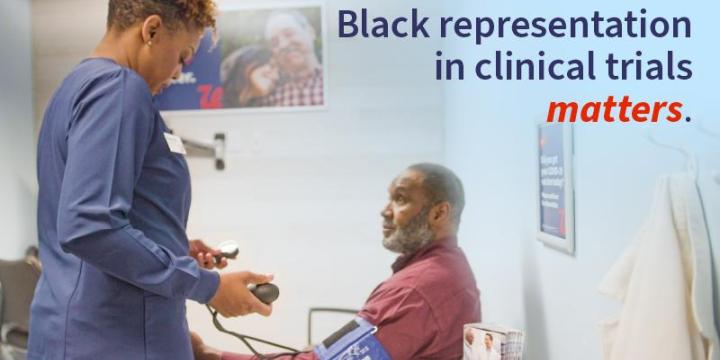Photo caption: Clinical Trials leaders Kendal Whitlock (left), head of digital optimization, and Ramita Tandon, chief biopharma officer, kick off the Walgreens Clinical Trials Day event.
In nearly three years, Walgreens has reached 17 million people for potential participation in a clinical trial. Within that group, 44% of participants recruited identify as racially or ethnically diverse.
Why it matters: This 44% far exceeds industry standards and shows how Walgreens ensures that more patients can contribute to and benefit from the medical advancements of clinical research.
- “We’re focused on meeting the patient where they are,” said Walgreens Chief Biopharma Services Officer Ramita Tandon at the company’s third annual Clinical Trials Day symposium, which brought together life sciences leaders, patient advocates and community partners.
Here are three ways in which Walgreens is meeting patients “where they are:”
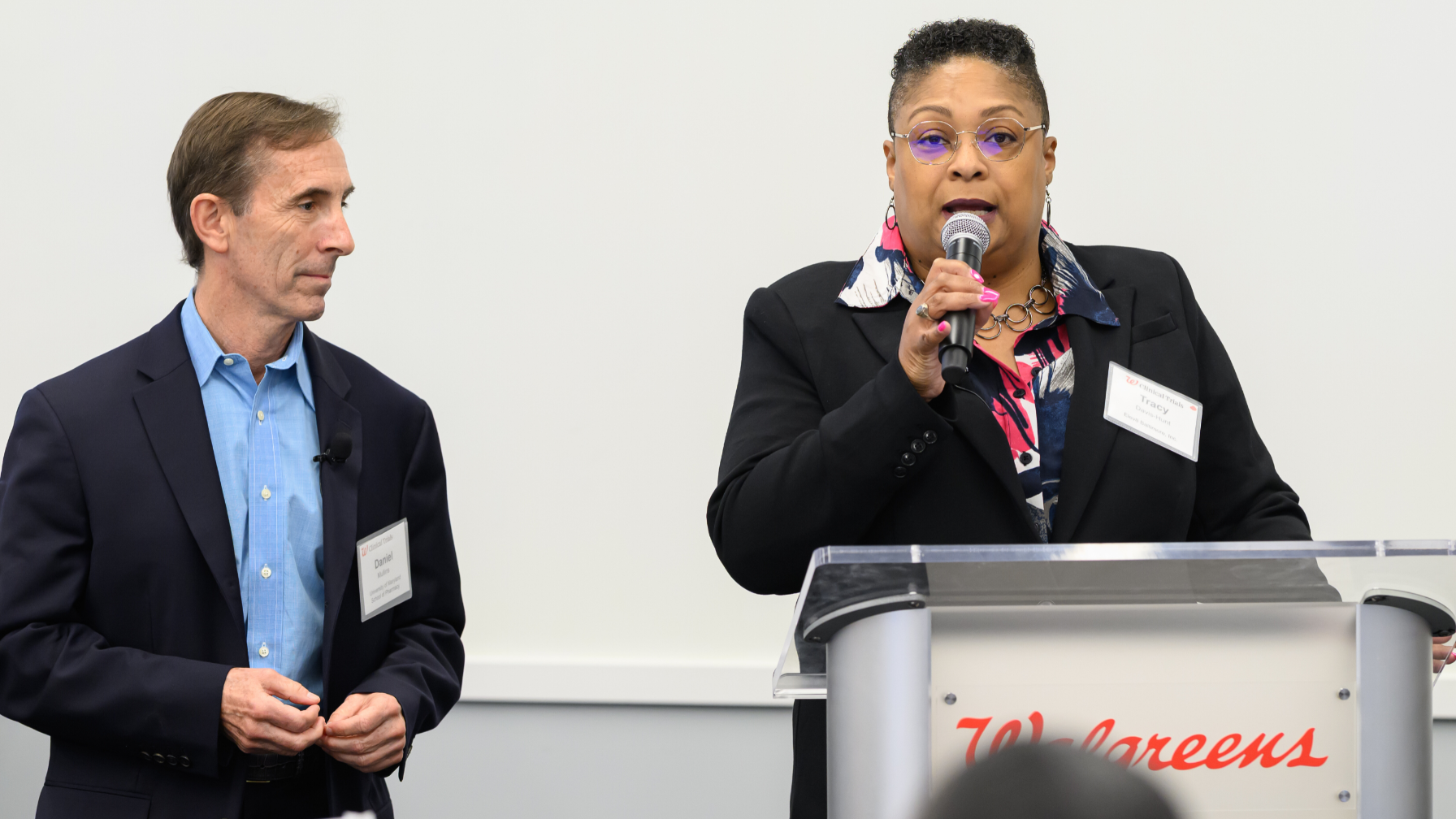
1. Partnering with community groups.
In Baltimore, Maryland, Walgreens collaborated with a local church, U.S. Food and Drug Administration staff and a school of pharmacy on a clinical trial simulation project to address barriers and facilitators for underrepresented populations’ enrollment in clinical trials.
- “If you can’t hear me, you can’t help me,” said Rev. Tracy Davis Hunt, associate minister, Mt. Lebanon Baptist Church, explaining why she encouraged her church members to participate.
Following the project, researcher Dr. C. Daniel Mullins shared critical feedback from church members, like making sure trial results are proactively shared with participants and their communities, so everyone can understand the true value of their efforts.
2. Partnering with trusted leaders.
Alfred Lacks, the grandson of Henrietta Lacks, attended the Walgreens Clinical Trials Day event and told attendees he would participate in a clinical trial today despite his family’s history.
Background: Henrietta Lacks’ cancer cells, taken without her knowledge, became the first “immortal” human cell line—cells that can keep growing and dividing indefinitely—and revolutionized medical research. Her family was unaware of her contribution until decades later.
- “You, too, can be immortal like her,” Alfred Lacks said, as to why someone should consider clinical trial participation.
By collaborating with Alfred Lacks in these important conversations, Walgreens aims to spread education and awareness about clinical trials in communities where there has been an historic absence of opportunity. Approximately 9 in 10 people reported never having had a conversation about clinical trials with a healthcare provider, according to a recent community survey.
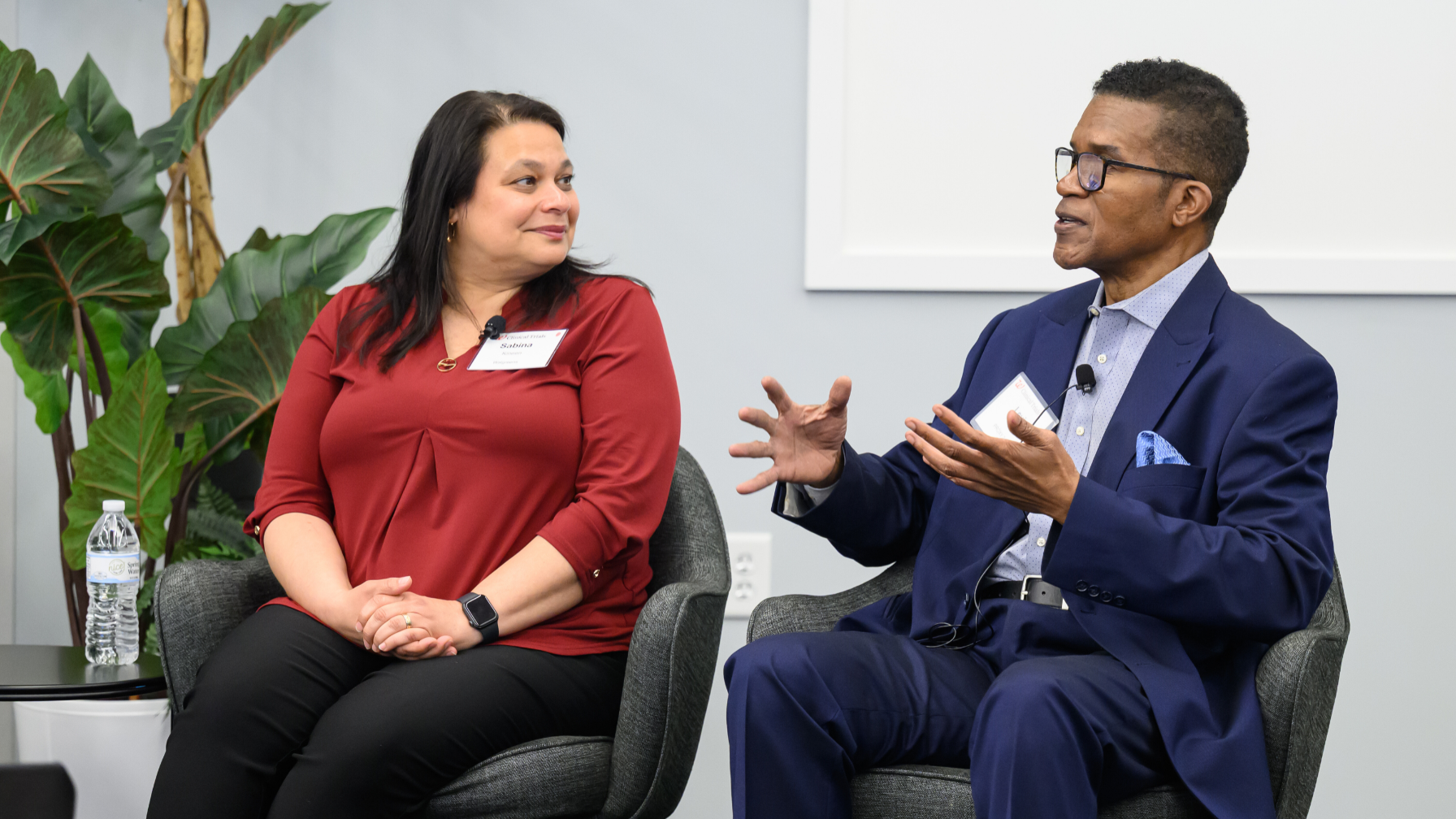
3. Listening to patients with lived experience.
Four members from the Walgreens Clinical Trials Patient Advisory Board shared their experiences at the Walgreens Clinical Trials Day event.
Made up of clinical trials patients and caregivers of patients, the patient advisory board provides ongoing counsel, enriched thinking and expertise to inform Walgreens Clinical Trials efforts.
What they’re saying: Board member Sabina Kineen offered a unique perspective: in addition to being a clinical trials patient herself, she cared for her aging father and young daughter when they were participating in trials as well.
Board member Levi Moore said a clinical trial “gave me my life back.”
How they’re helping: Board members are participating in community engagement events across the country, among other activities, aimed at bridging common gaps in clinical research.
The big picture: “We’re making sure to consider lived experience,” Tandon said. “What we do today is setting the stage for future generations.”
